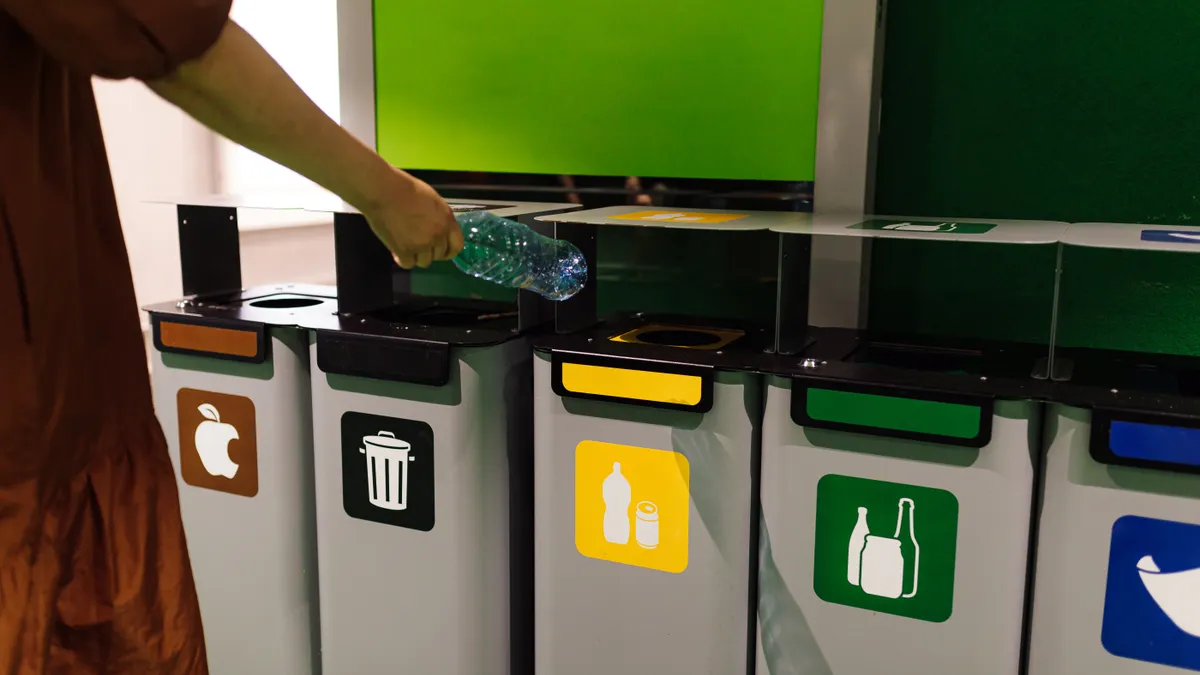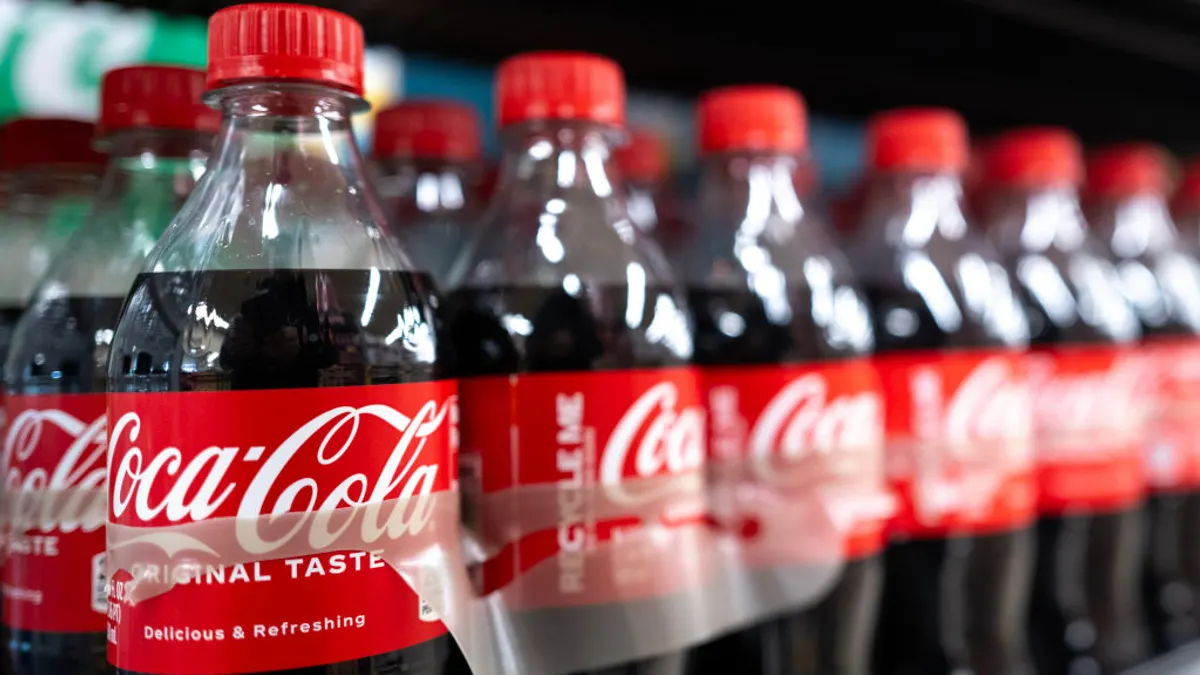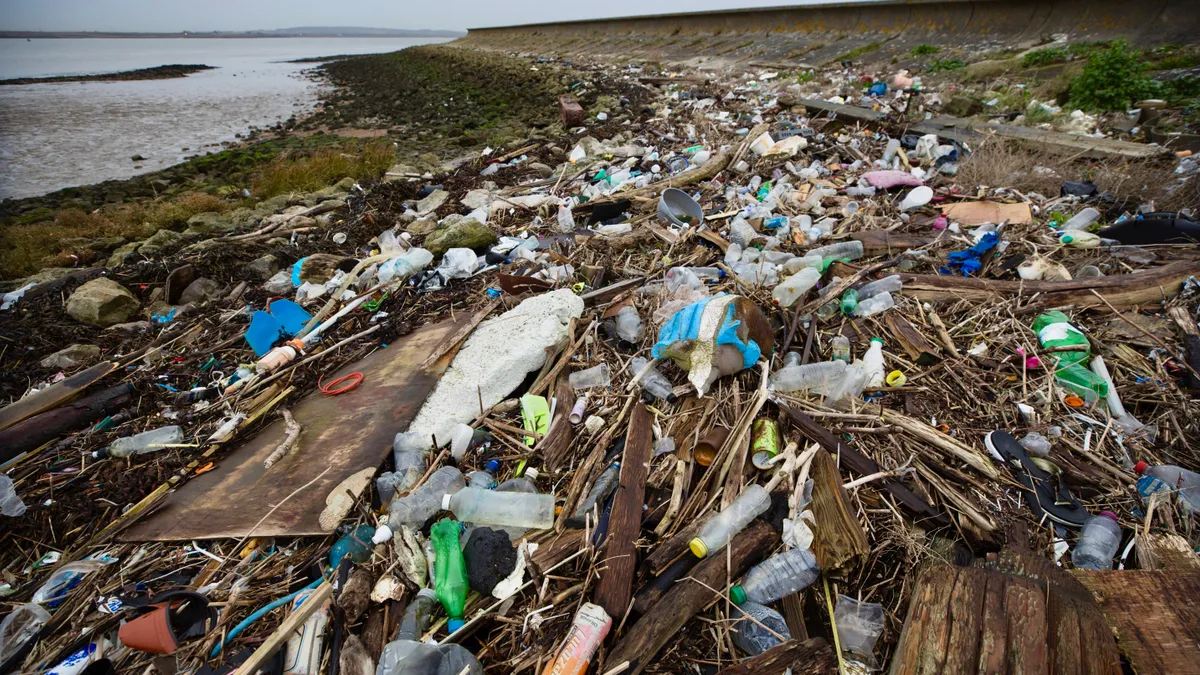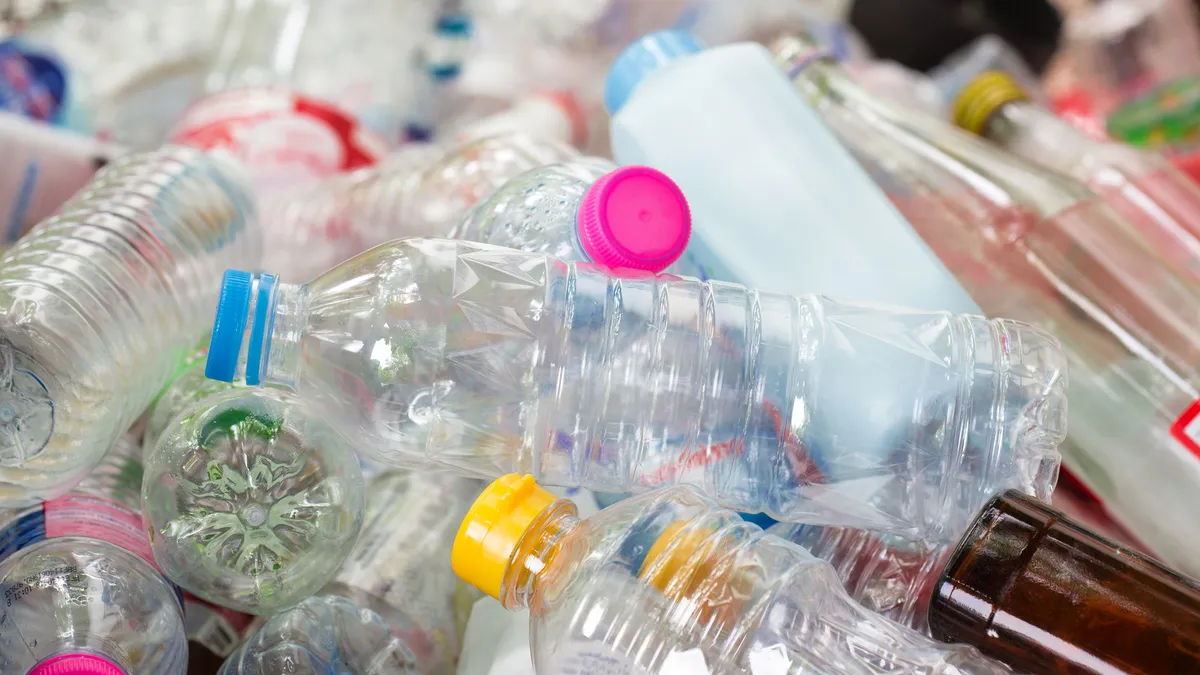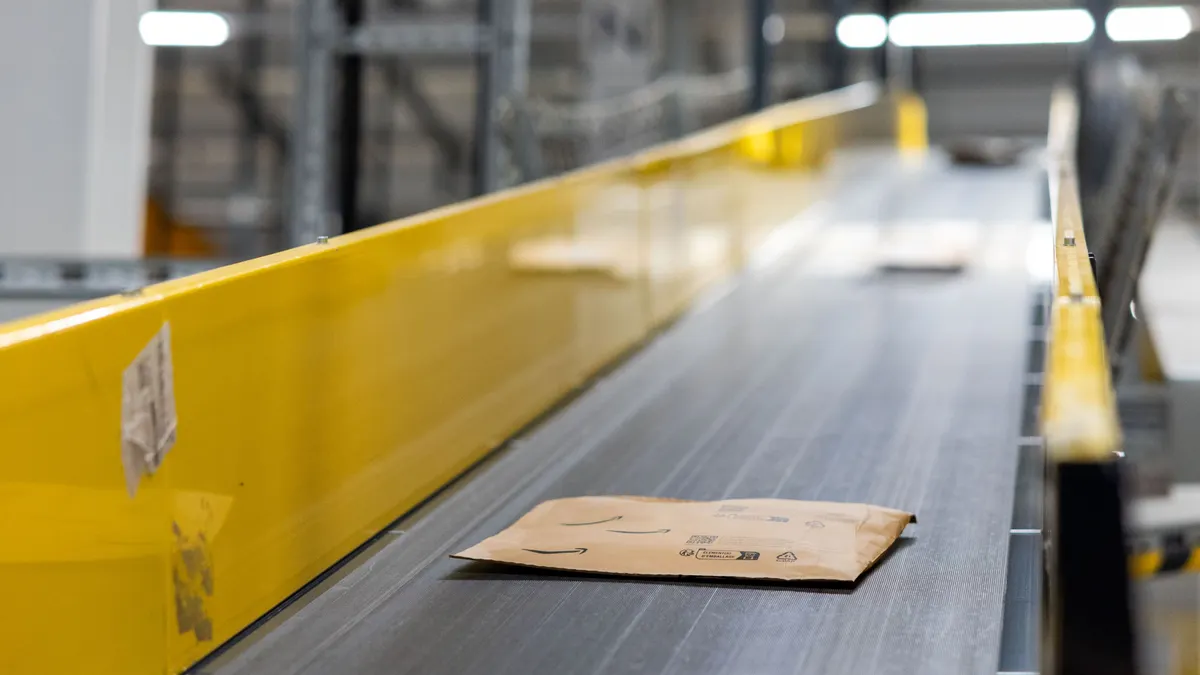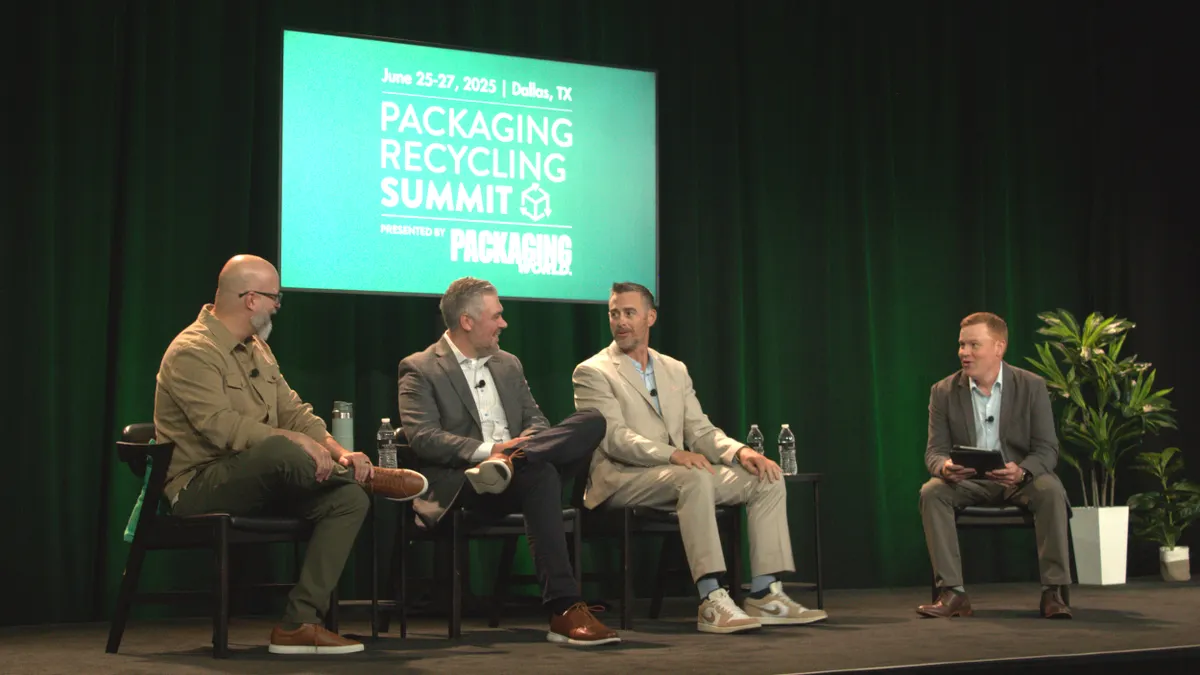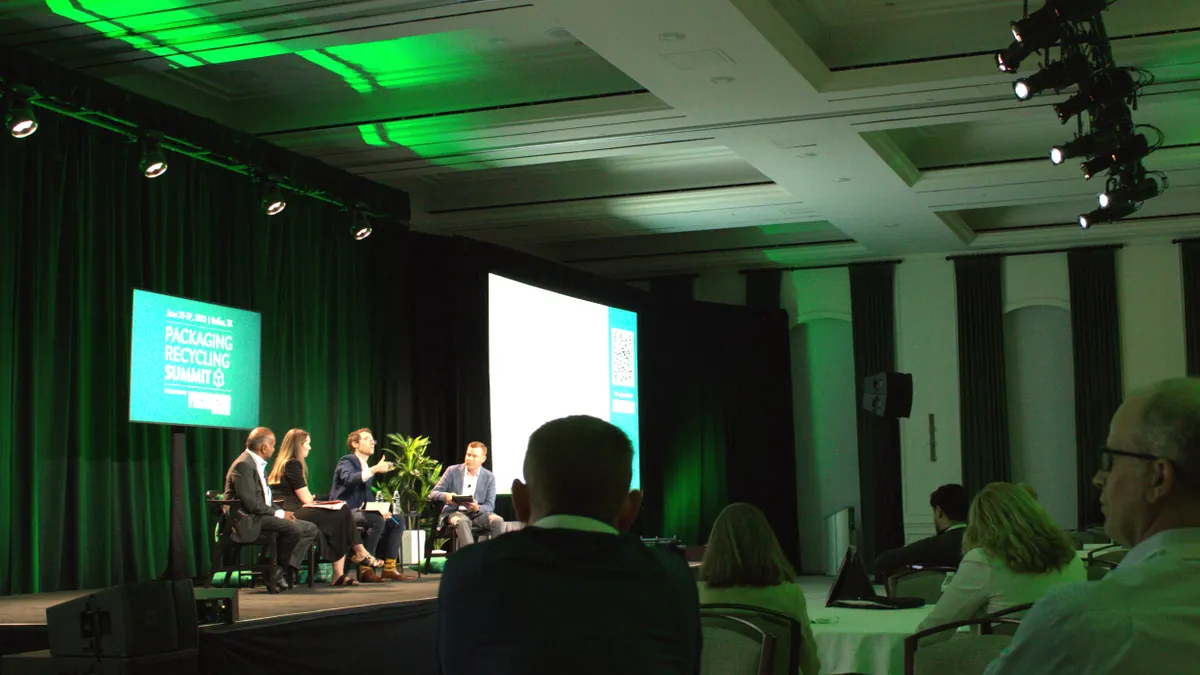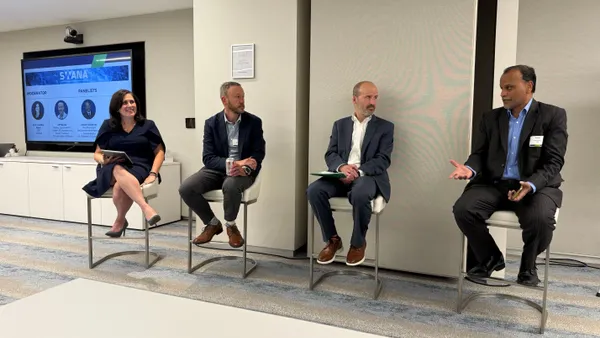When people think of recycling, many might envision a consumer tossing an empty bottle or can into a blue bin. Yet everyday people’s behaviors often aren’t considered enough when industry is developing recycling initiatives, and that contributes to depressed U.S. recycling rates, said speakers at the Packaging Recycling Summit from June 25-27 in Irving, Texas.
While some industry discussions focus on the forces behind recycling shortfalls and public concerns that recycling is broken, brands, packaging manufacturers, trade groups and recyclers might need to rethink their conclusions about consumer involvement, according to speakers.
“Please don't blame the consumer,” said GreenBlue Executive Director Paul Nowak. “From a standpoint of what choices they have, how they can recycle, how we've taught them about recycling — if we have — how we've taught them about changes in packaging — if we have — it is not on the consumer.”
Lack of consideration and messaging for consumers creates distrust, speakers said. That adds fuel to the fire of recent sentiments that recycling doesn’t work and that packaging items, especially plastics, don't actually get recycled.
Allowing those sentiments to fester rather than countering them can result in consumers abandoning recycling altogether instead of working toward bettering it, according to speakers.
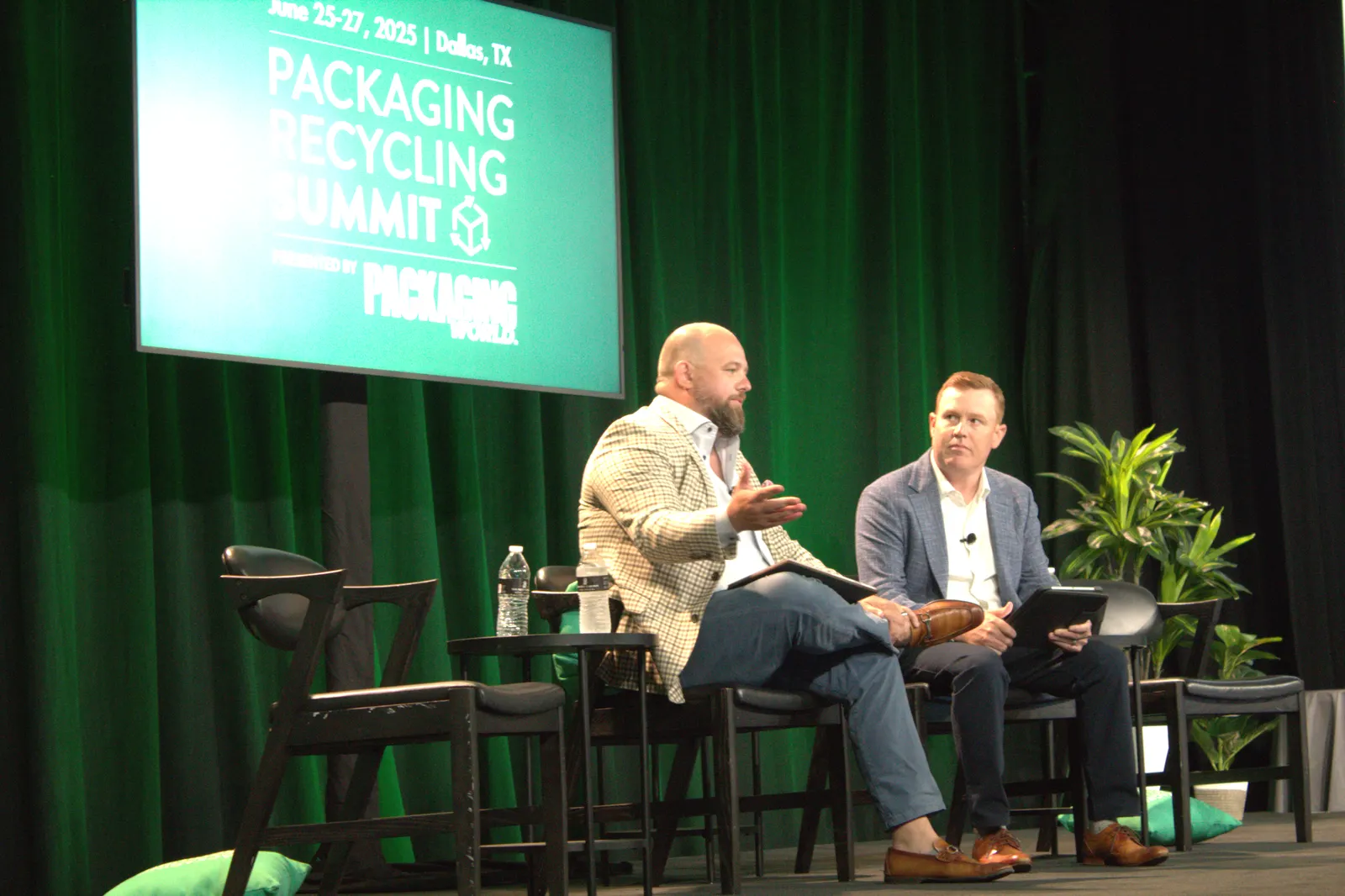
"If you look at the packaging and the plastics industry as a whole, for years we have done a tremendous job of telling each other how great we have done," said Jonathan Quinn, CEO at the U.S. Plastics Pact, during a separate session at the event. "But we have done a s----- job of explaining that value that the overarching plastics and plastic packaging industry provides to consumers."
Packaging decisions often used to be a last consideration when developing a new consumer product, Quinn said, but more often now they're being pulled to the front of R&D work, including by designing for recycling. That idea also should be applied to consumer engagement, he suggested.
"We develop packaging. But forgetting about the fact that the consumer is the reason why we're developing the package, I think that's the biggest challenge," Quinn said. "The consumer element is the critical part of this conversation."
Question of convenience
Industry has long known that getting consumers to recycle hinges on convenience, a desire motivated in no small part by the prevalence of single-stream curbside recycling during the last three decades. But as efforts grow to reduce material contamination, increase recycling rates and add new items to accepted materials lists, inconvenience sometimes creeps back into the equation.
Plastics recycling, in particular, sits at this junction, according to speakers. While MRFs increasingly accept rigid plastics like yogurt containers collected via curbside programs, flexible films still aren't broadly accepted or collected — despite their increased use as a packaging format. Store dropoff is the main mode for consumer flexible packaging collection, and that's not convenient, Quinn explained.
“When you ask the consumer to do an inconvenient thing with the material that they value for convenience, that's where the wheels fall off,” he said. "In so many ways, when we talk about flexibles, the way you can recycle flexibles today is an inconvenient thing."
While investments are being made for more convenient solutions, film recycling isn't there yet. Recyclers need to engage with and cater to consumers when developing these solutions for all materials, speakers said.
“We've got to give them options. We've got to work with them to enable these recycling rates to increase,” Quinn said. “The reality is, if we can get consumers to recycle the material with the lowest recycling rate, the other recycling rates are going to increase.”
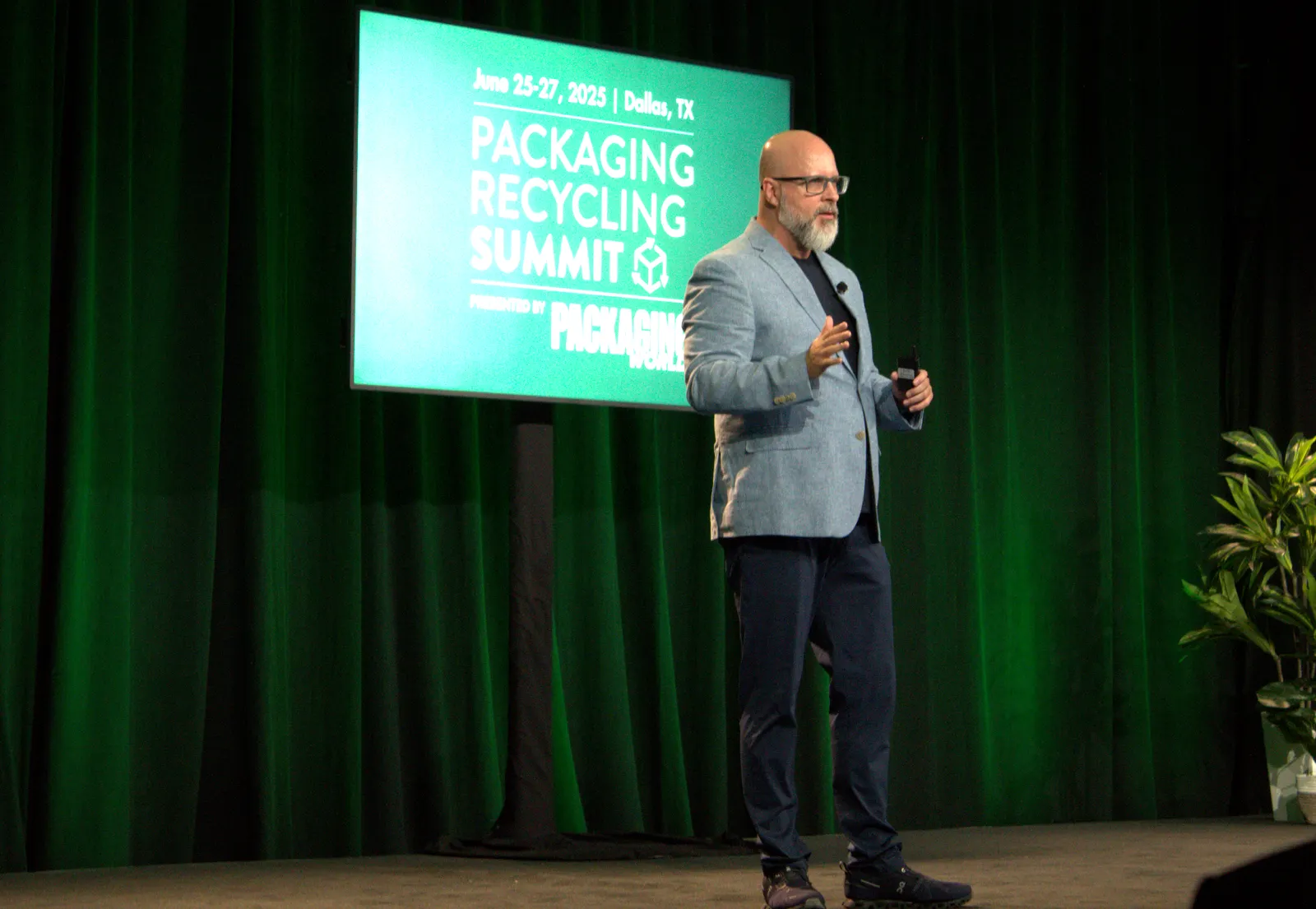
Noting the ongoing debate about store dropoff programs, Nowak announced that his organization is launching a collaboration to examine the practice, with more information coming soon. Findings could influence future changes to the How2Recycle labeling program.
Clear labeling to guide consumers in recycling is imperative, Nowak said, noting the importance of including both descriptive words and images for better understanding. He also detailed how other options currently fall short on the consumer experience.
"If it's just a blank QR code and you have no language for the consumer, you're going to be challenged that you've created too much friction for the consumer," Nowak said. "I don't think QR codes are forever."
Clear labeling aligns with packaging policy such as extended producer responsibility.
"I do believe it's everyone's responsibility who produces a product or packaging to tell the consumer what to do with it," Nowak said.
Reusable packaging is another area where consumer consideration lags, according to Quinn. Few of the reuse programs that have rolled out over the years have survived, he said, signaling that industry needs to figure out where and how reuse can be successful with consumers.
"We've got to create a pre-competitive environment [for reuse] where retailers are all going down one agreed-upon path to drive success," Quinn said. "It can't just be one retailer, and consumers have to see it in multiple areas."
‘Rewiring’ consumer behavior
Consumer education and behavior changes regarding recycling take time, but are possible. Investigating the psychology behind successful recycling programs can help, said Shira Abel, a behavioral insights expert.
Recycling is generally considered a good thing and people want to do it, but there's a disconnect, she said. Abel cited research that shows 87% of Americans say recycling is important, yet the national recycling rate has stagnated at 32%. Incorporating heuristics, or mental shortcuts, is part of successful consumer-focused recycling programs, she said.
“How do we get recycling to be as automatic as stopping at a red light? Because 95% of all decisions are made subconsciously. We actually make a decision based on our emotions and then back it up with data,” she said. “With everything, it's all about the system.”

In some cases, effective systems aren't in place, and in others consumers don’t know what they should be recycling. Incentives, or at least penalty avoidance measures, also are a factor. And, like other speakers noted, convenience is key.
"Generally, we won't do anything at all if we don't have to. If it's effort and there's no reward system set up, we're going to be status quo. If it's too complicated, we're going to have analysis paralysis," Abel said. Recycling programs that are considered successful have one thing in common, she said: “It was either the carrot or the stick. Either of pain — of having to pay for doing something wrong — or a reward for doing something right.”
She also reinforced the need for collaboration across the recycling chain to reach consumers and develop successful programs. That supports other speakers' comments about getting out of siloes and being sure to include the consumer — with messaging they can understand.
"Is it sustainability people talking to sustainability people, or is it language for the consumer of today?" Nowak asked.



